WARNING – This is long, but I make no apologies. Try to understand and ask questions if unclear. This may not be for everyone and so feel free to give it a miss, but hopefully some people find it useful.
Liquid staking derivatives, not lysergic acid diethylamide
You may have noticed a recent trend in the narrative surrounding liquid staking derivatives (LSDs) on ETH. With withdrawals around the corner, buyers are jumping in to the tokens associated with these protocols as an expected higher beta play. However, not all of these tokens will outperform ETH.
Firstly, what are liquid staking derivatives? ETH holders can pool their ETH in a protocol that runs validators on their behalf. Those holders are then assigned protocol tokens meant to represent their staked ETH, and those tokens earn staking rewards. Some of these can be used in other DeFi protocols to gain additional yield (with, of course, additional risk). As the name suggests, they are liquid and so can be bought or sold whenever (liquidity dependent) but independent of beaconchain withdrawals.
You’ve probably read how many think that withdrawals are going to lead to an ETH dump, however this is pretty mid-curve thinking. What’s actually likely to happen is that we see an increase in staking participation. Of most L1’s, ETH has the lowest staking participation of 14% (ADA – 72%, SOL – 68%, AVAX – 62%). This is likely related to the fact that ETH can’t be unstaked from the beaconchain. This changes with the Shanghai hardfork, which is scheduled for March. Withdrawals will be a massive de-risking event and so we will likely see an increase in the amount staked. Any increase in ETH staked is likely to spark growth for liquid staking solutions.
The current players are Lido (stETH), Coinbase (cbETH), Rocket Pool (rETH), StakeWise (sETH2) and Frax (frxETH). Buying these tokens will earn you staking rewards in various forms. But where is the real value accrual? The protocol tokens.
LSD protocol tokens
The theory goes that a more successful protocol will lead to greater value accrual by a protocol token. However, the value accrual is not the same for these. Some are merely governance tokens, some are utility tokens and some are non-existent (if you want to gain exposure to cbETH success then you’re going to have to buy $COIN stock).
LDO – the market leader?
Lido’s governance token. Lido has the largest market share of any staking service (30%) and liquid staking derivative (66%). The Lido protocol is capable of being a black hole for ETH and it has first mover advantage over many services. This means it’s going to continue to dominate the market, right? Wrong.
From a pure fundamental basis, this token has no value accrual other than governance and speculation. It is not a utility token. There is talk of a ‘fee switch’, similar to that of UNI or other protocols, but this is dangled to fuel speculation. LDO’s fee switch is problematic for a number of reasons.
As a means of deriving sustainable value, the fee switch is insignificant and will perpetuate the dangerous elements of LDO governance. Practically, the fee switch is soft capped at 5% of staking returns, since the other 5% has been guaranteed towards the elite node operator set. This already hints at the problem as a small core group of operators is due the same rewards as the entire DAO. There is an inefficient alignment as the node operators seem to be extracting too much value. For that 5% to be worthwhile, LDO will have to be at a maximum of one-twentieth (1/20) of the market cap of stETH, and not deviate. If LDO/ETH drops, your existing LDO stake will be worth less. If LDO/ETH increases, your stake will be worth more, but the rewards will be a smaller percent gain. In the vast majority of cases, it appears that holding stETH would be more rational for token holders because of this hard cap on potential fee earning. There is no unique value added, other than freely accessible governance, to LDO.
So as it stands it is a pure governance token for the Lido DAO. The same DAO that is controlled by four VC wallets. LDO has objectively poor token distribution and only going to be exacerbated by further VC unlocks (Paradigm unlocks 273k LDO every day for 6 months with a seed price of $0.73).
What about the protocol? Quite simply it’s likely it will struggle to continue to grow. There are many economic headwinds facing stETH (execution risk, tail risk, and centralisation risk) that will mean it’s difficult to maintain market share. If stETH dominance decreases, then the speculative LDO value diminishes also.
The case for RPL
Rocket Pool is the only truly decentralised way to stake with LSD’s. It is in prime position to benefit from withdrawals. rETH will gain three massive unique tailwinds: solo staker migration, the flight from stETH/cbETH, and liquidity mitigation.
The first group of users who will be able to transfer to Rocket pool after withdrawals are solo stakers who deposited before Rocket Pool's later launch. There is a strong economic argument for converting a single, regular validator into multiple minipools, at least four for withdrawals, and earning commission on liquid staking deposits. Someone who had 32 ETH staked could migrate and get exposure to 128 ETH. The Smoothing Pool is another benefit only available to Rocket Pool node operators which not only reduces the volatility of rewards but also increases the average return for most participants.
It’s also important to note that ETH staking rewards are not compounding, however post withdrawals it will be possible to withdraw rewards and re-stake these. The sooner you can create a new minipool, the quicker your rewards will compound. As a solo staker you need 32 ETH, but with Rocket Pool you will only need 8 ETH at the time of withdrawals. More rewards and faster rewards.
The second group of migrants will be from stETH and cbETH. Being able to redeem LSDs for ETH without having to execute a secondary market sale means investors can instantly adjust their risk allocation without worrying about liquidity. Had this facility been available during the June 2022 collapse of 3AC, Lido’s TVL likely would have collapsed immensely. As it was, the significant price drop of stETH vs ETH and concerns about slippage for larger portfolios acted as two disincentives to discourage investors from selling their stETH position at a loss. I expect several cohorts each with different reasons to go through this transition; a moral transitioning, as a response to a slashing event or hack depegging stETH, or perhaps yield-seeking.
Finally, and perhaps most importantly, withdrawals will cause the cost of maintaining adequate LSD liquidity to plummet, removing one of Lido’s strongest advantages. A natural arbitrage opens up via the purchase and redemption of a mispriced LSD. Rocket Pool already demonstrates the value of this in the Deposit Pool where rETH mints and burns help keep DEX prices stable.
If the opportunity for this type of arbitrage is supported by Ethereum itself, the cost of liquidity will be greatly reduced, leveling the playing field for all staking protocols. Suddenly, the liquidity Lido gets from its multi-billion dollar Curve pool, which costs millions of dollars a month to maintain, will be available to everyone at no cost through the exit queue. MEV bots will patrol LSD prices looking to squeeze out any ETH for themselves. The type of liquidations that previously saw the price of stETH spiraling would now simply create a feast for arbitrageurs as market prices barely budge.
So what does this all mean? Basically, rETH demand increases. And what does that mean for RPL? Well rETH cannot exist without RPL being staked. RPL is required to use the Rocket Pool protocol.
Node operators are required to post RPL bonds in order to service the rETH demand and spin up minipools. This enables both a permissionless node operator set and ties the growth of rETH to RPL. There is no protocol treasury nor protocol commission so there is no impulse towards rent extraction broadly. Further, Rocket Pool recognizes that governance ought not to be open, as the desires of rETH holders require protocol alignment to be maintained. Thus, only RPL that is staked as a bond can be used in governance. This RPL does have a unique value add as both a license to collect commission and as collateral in case of a severe loss. This protocol alignment and lack of an extraction mechanism on top of a more capital-efficient system make the RPL system far more conducive to long-term survival.
What’s next for Rocket Pool?
Staking-as-a-service (StaaS), Eigenlayer, forced exits, and distributed validator technology (DVT). Together, these upgrades will allow Rocket Pool to scale into many millions of ETH staked.
One of the most prominent critiques of the Rocket Pool system is that it forces node operators to speculate on RPL (which is indeed why it has intrinsic value). Many home stakers partake because they are skeptical of other tokens and so this is a large barrier. Further, holding RPL becomes a problem for some larger institutions. As such, the Rocket Pool team devised an upgrade that will introduce super nodes that can create novel relationships between the node operator and providers of ETH and RPL collateral. It will introduce an in-protocol way to separate the risk of three tranches: node operation, ETH, and RPL. Rocket Pool stands to greatly expand its total addressable market (TAM) since many individuals express the desire to only stake ETH, not wanting RPL exposure, or vice versa. The StaaS design will allow third party groups like the Node Operator Association to onboard these users and shift the burden of RPL collateral.
Eigenlayer represents a novel idea – stake rehypothecation. The general idea is to add new slashing conditions to a node’s ETH stake based on added tasks, such as oracle duties or data storage. This would allow markets to reuse the incredible amount of economic security locked in the deposit contract. The Eigenlayer team is working on a data availability layer for an initial product design, but other forms of implementation are being explored. In a sufficiently advanced market, a savvy node operator may be able to earn several times the native ETH yield by taking on additional burdens.
Rocket Pool and Eigenlayer continue to communicate on how the two protocols can be incorporated in a way that makes profit sharing with rETH simple. This relationship between Eigenlayer and Rocket Pool is mutually beneficial. The Rocket Pool ecosystem is the most widely distributed node operator market available on top of Ethereum. Any Eigenlayer product that wants to immediately have strong decentralization can target Rocket Pool operators.
Forced exits would be a useful feature for all LSD protocols to increase decentralization and safety. As such, it is being worked on collaboratively. Forced exits would help prevent bad actors and increase the value retained when actors do go rogue. As a result, the inclusion of forced exits may allow Rocket Pool to drop the bond requirement all the way to 2 ETH. This is a massive change. For perspective, if every current node operator switched to 2ETH pools, that would give Rocket Pool the capacity to onboard 15x as much rETH, or 2.4 million rETH. Currently, 16 node ETH creates 16 rETH, but with forced exits, 16 node ETH will accommodate 240 rETH. Without considering any increase in node operators, this upgrade alone will allow Rocket Pool to compete on the biggest stages.
For Rocket Pool, DVT represents exciting technology that may enable an even lower bond and increase the overall effectiveness of stakers. Home stakers in aggregate tend to have slightly lower average uptime than institutional stakers, often due to unstable internet or power, but DVT would even the playing field greatly.
Collectively, the post-withdrawal era will ensure Rocket Pool can scale to any demand level needed and ensure that node operation as well as liquid staking is competitive in the wider ecosystem. This timeline shows that one of Rocket Pool’s greatest criticisms, that it is capital inefficient, is moot. Rocket Pool can, and will, scale to take on Lido and Coinbase. And when it does, RPL will be required.
Closing remarks
This is honestly only the tip of the iceberg. To truly understand crypto is complex and a fulltime job. There is so much more to say, but having it in one place is half the battle. Don’t trust, verify. I have purposefully not included any sources, as any facts should be independently verified.
DISLCAIMER: I hold RPL based on the above reasons.
Shout out to Jasper and his 50 page paper which goes in to even more detail here - https://mirror.xyz/jasperthefriendlyghost.eth/pnaLyH6W4j58vfypsOKHciF_BM5HFvTkouTd9uThesM
[link] [comments]

You can get bonuses upto $100 FREE BONUS when you:
💰 Install these recommended apps:
💲 SocialGood - 100% Crypto Back on Everyday Shopping
💲 xPortal - The DeFi For The Next Billion
💲 CryptoTab Browser - Lightweight, fast, and ready to mine!
💰 Register on these recommended exchanges:
🟡 Binance🟡 Bitfinex🟡 Bitmart🟡 Bittrex🟡 Bitget
🟡 CoinEx🟡 Crypto.com🟡 Gate.io🟡 Huobi🟡 Kucoin.



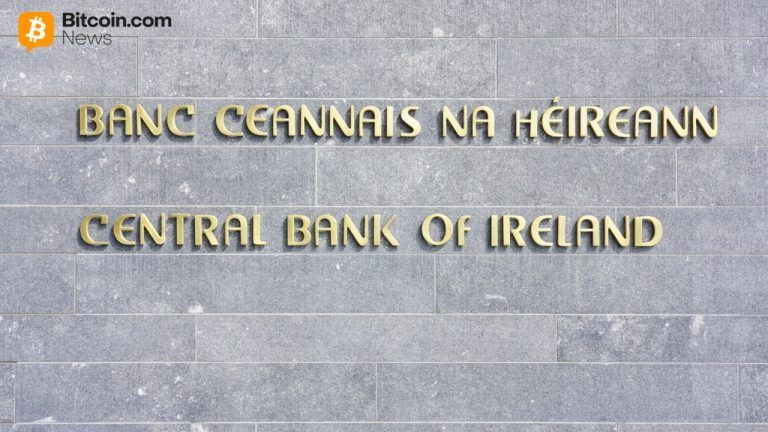
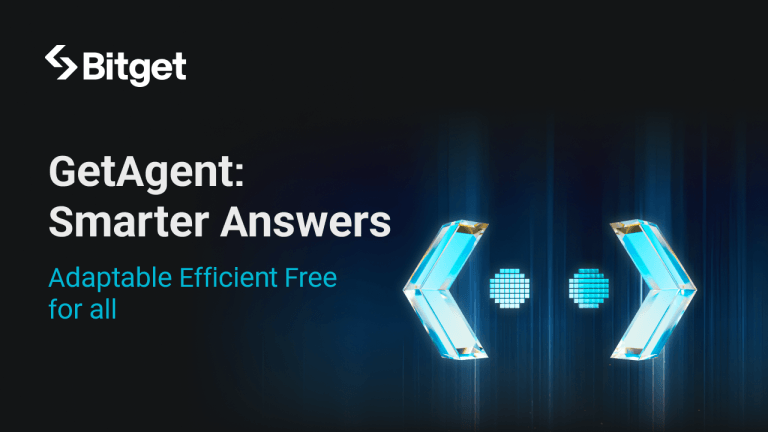






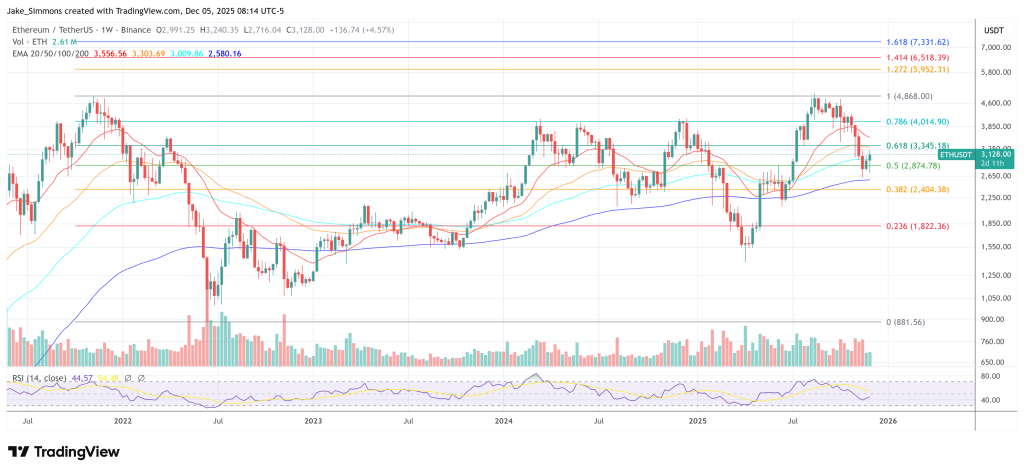
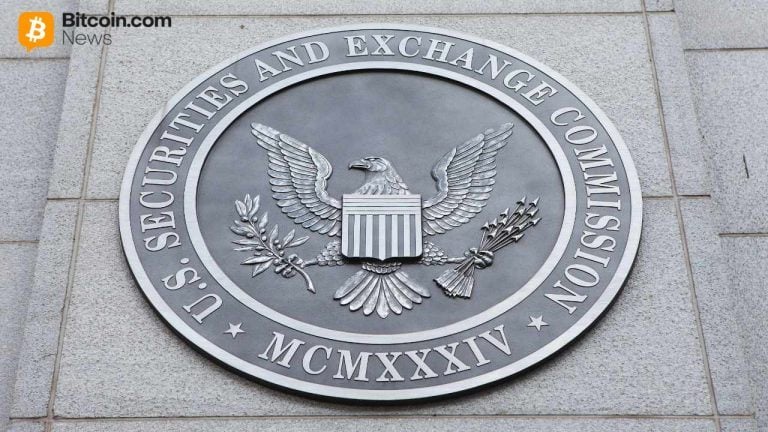

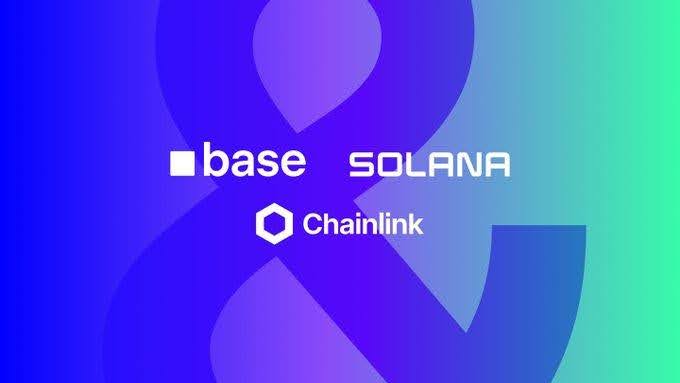


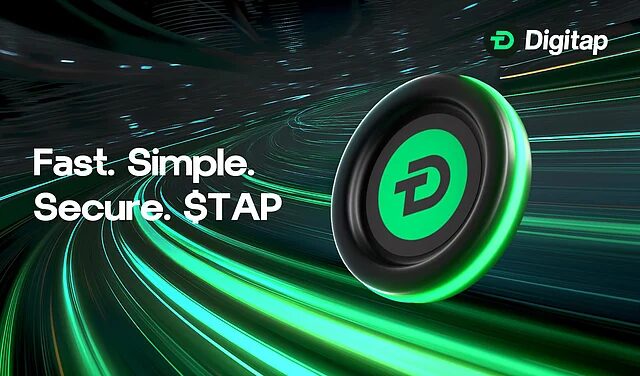


Comments